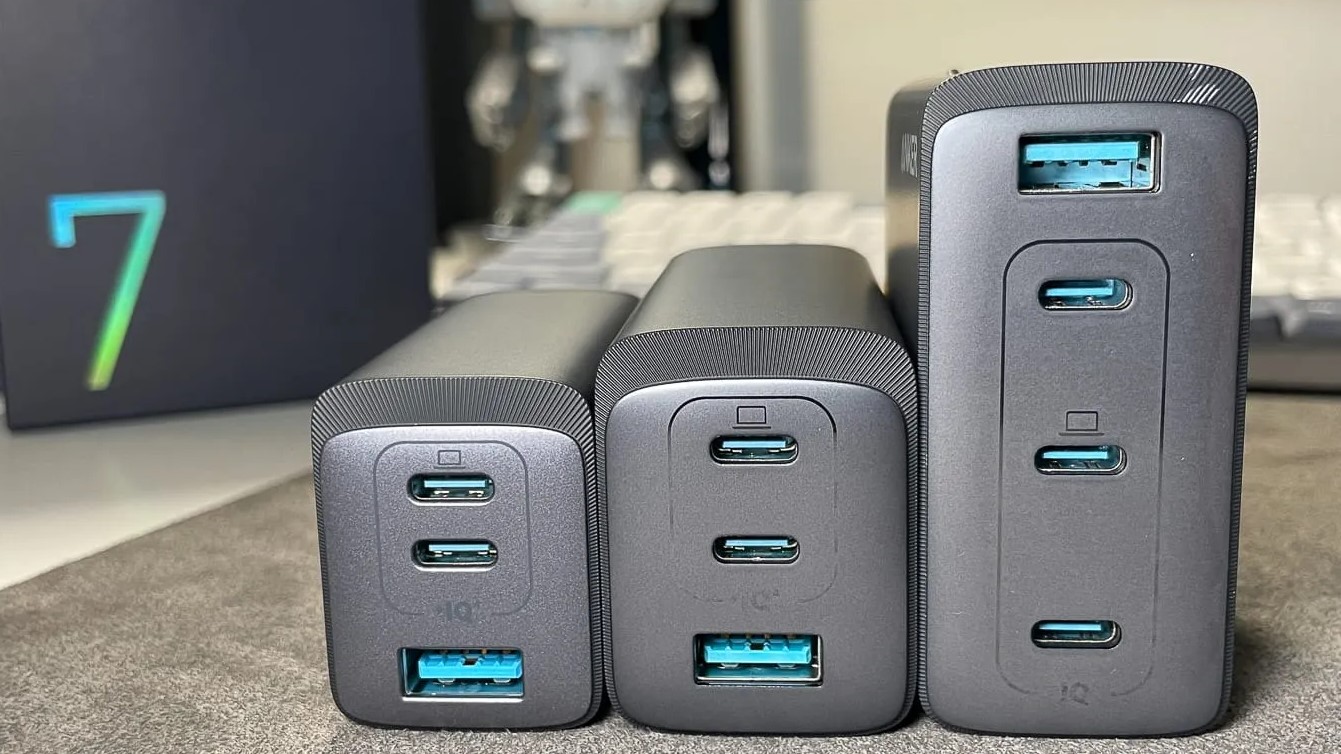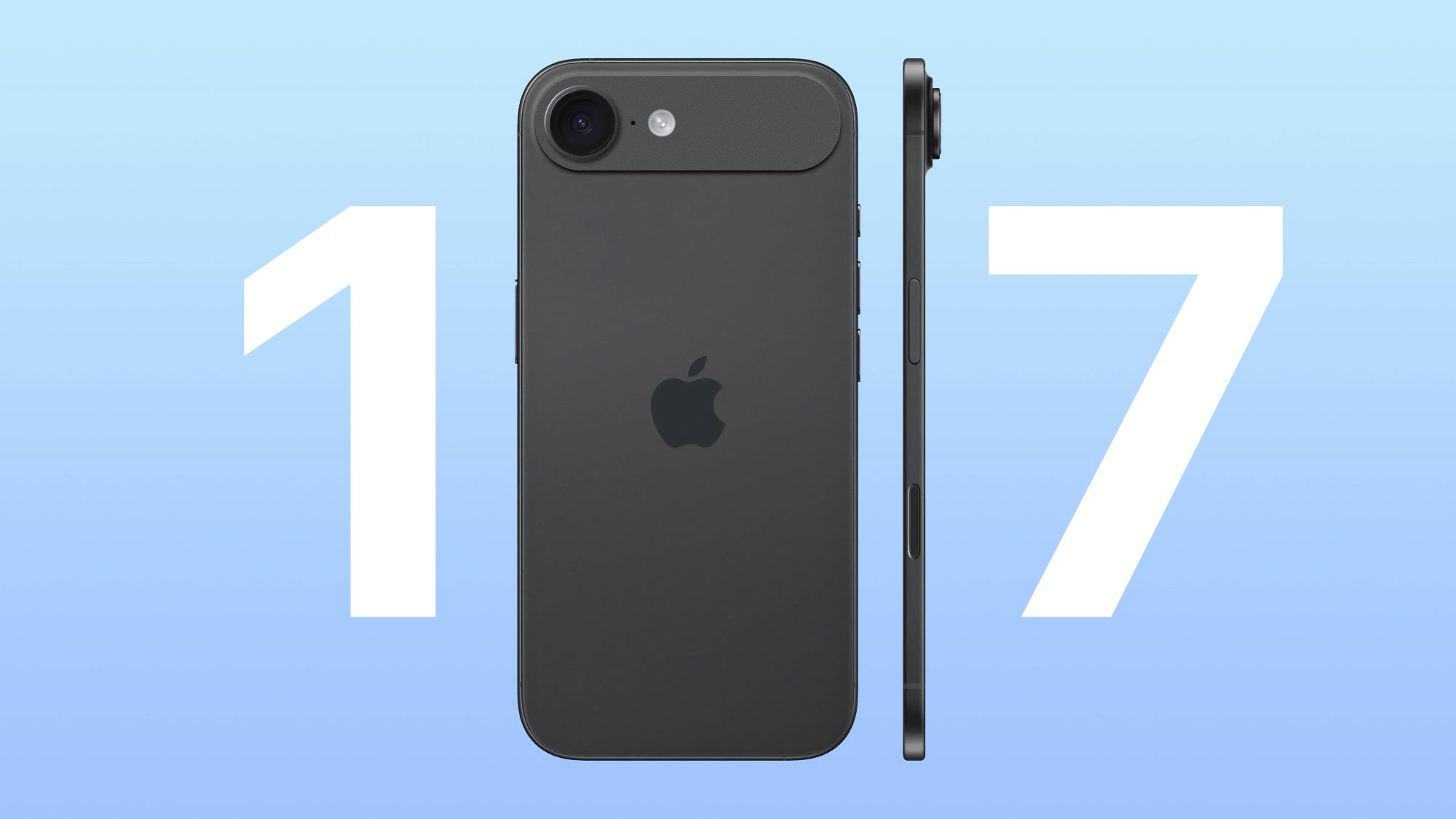Findings of a recently published study are indicating that high-frequency SCS or spinal cord stimulation can treat chronic leg and back pain almost two times more effectively than the standard low-frequency stimulation.
For those who don’t know: SCS gets delivered by means of a tiny device implanted under the patient’s skin. Doctors prescribe this treatment particularly to patients suffering from chronic pain in their trunk and limbs. High-frequency SCS, which is marketed as HF10, works by delivering pulses of 10,000Hz by means of the implanted device. The traditional low-frequency SCS, on the other hand, can deliver pulses of just 40-60Hz.
Another significant difference between high-frequency SCS and its low frequency counterpart is that the former don’t induce paresthesia, a condition marked by a buzzing or tingling sensation. Paresthesia often cause severe discomfort for patients and is also known for limiting the efficacy of the treatment.

Wake Forest University School of Medicine’s Dr. Leonardo Kapural informed that this is the first time scientists have carried out a long term study for comparing the effectiveness and safety of high-frequency SCS and the customary low frequency therapy in treating leg and back pain. Dr. Kapural is a professor at the university’s anesthesiology department.
Dr. Kapural added that treating chronic leg and back pain have always been categorized as health issues that are extremely difficult to solve. He added that opioids and most other pain relief option available currently boast limited effectiveness. According to him, considering how common chronic pain has become it can be said that high frequency SCS marks a really effective advancement for benefiting patients with such health issues.
The study had a total of 171 patients with chronic back and leg pain as participants. Each of these patients already had their SCS implant. Out of these patients, 90 received high frequency or HF10 SCS and the remaining 81 underwent traditional SCS treatment.
http://thehoopsnews.com/2015/07/29/7091/ebola-hero-doctor-returns-to-place-he-contracted-virus/
After three months, researchers found that 85% of patients with back pain and 83% with leg pain experienced 50% or more reduction in their pain. In addition, none of these students experienced paresthesia. On the other hand, among patients in the low-frequency SCS group, just 44% back pain sufferers and 56% leg pain patients experienced 50% or greater reduction in pain.
The entire study can be read by visiting the journal Anesthesiology.



